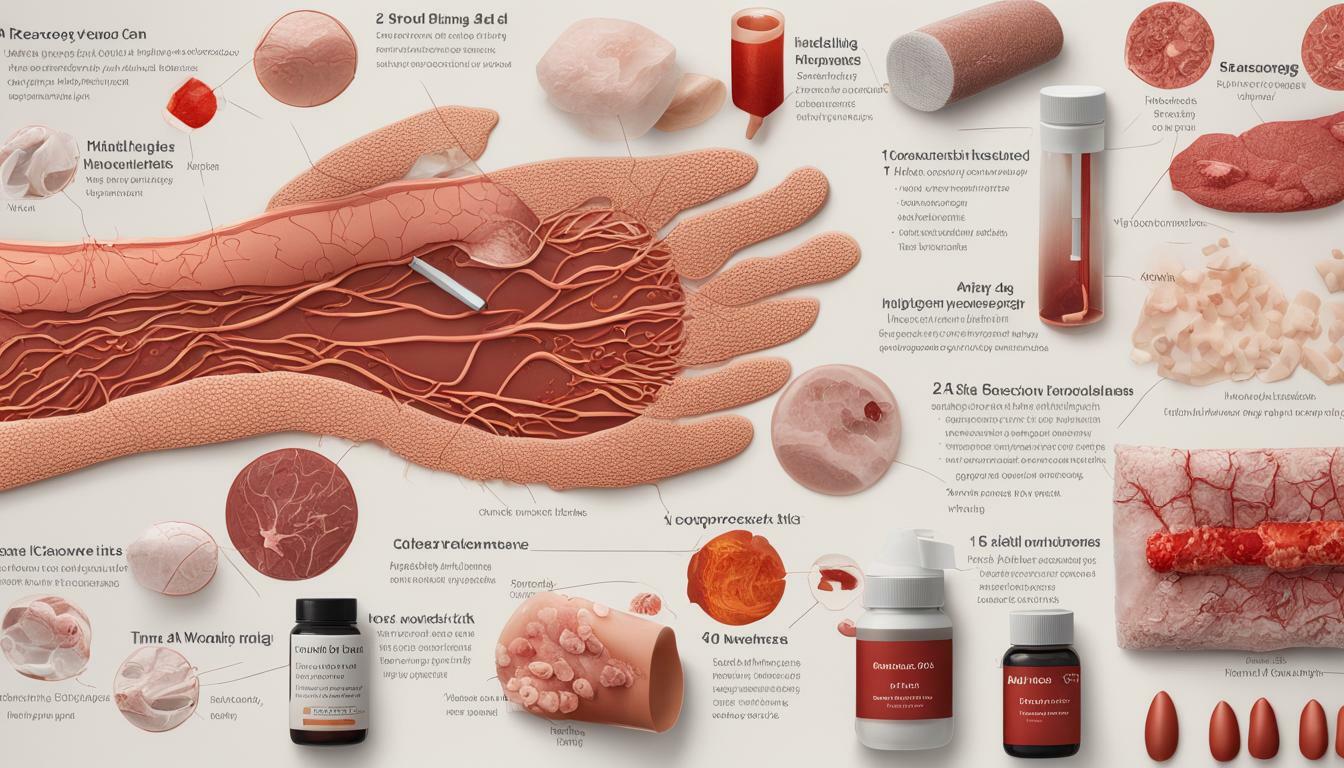Accidents happen, and wounds are a common result of everyday life. Whether it’s a small cut or a more severe injury, proper wound care is crucial to prevent infection and promote healing. Understanding the science behind wound healing and having the right first aid kit essentials are essential for effective wound care.
Wound healing is a complex process that involves several stages, including hemostasis, inflammation, proliferation, and remodeling. Each stage requires different wound care products and techniques for optimal healing. A well-stocked first aid kit with the necessary wound care essentials can help you provide immediate care to prevent further damage and promote healing.
In this article, we will explore the science of wound healing, the different types of wounds, and the essential items needed in a first aid kit for proper wound care. We’ll also cover the importance of wound cleaning, the different types of dressings and bandages available, pain management during the healing process, preventing infection, and advanced techniques for optimal wound healing.
Key Takeaways:
- Understanding the science of wound healing is essential for proper wound care.
- A well-stocked first aid kit with the necessary wound care products is critical for immediate care.
- The different stages of wound healing require different wound care products and techniques.
Understanding the Wound Healing Process
Wounds are an inevitable part of life, and understanding the wound healing process is crucial for proper wound management. There are three distinct phases of wound healing: the inflammatory phase, the proliferative phase, and the maturation phase. Each phase is essential in the wound healing process and requires different approaches for wound management.
The Inflammatory Phase
The inflammatory phase is the first stage of the wound healing process. It typically lasts for two to four days and involves the body’s natural response to the injury. During this stage, the body sends blood cells and nutrients to the wound site to begin the healing process.
Although inflammation is necessary for wound healing, it can also cause pain and discomfort. It is important to manage these symptoms to promote a speedy recovery. Over-the-counter pain relievers, such as ibuprofen, can be used to manage pain and inflammation during this stage.
The Proliferative Phase
The proliferative phase is the second stage of the wound healing process. It typically lasts for three to 24 days and is characterized by the formation of new tissue. During this stage, new blood vessels and skin cells begin to grow, and the wound starts to close.
Wound management during the proliferative phase involves keeping the wound clean and moist. This can be achieved using various wound care products, such as hydrocolloid dressings and silicone sheets. These products can also help to prevent scarring and promote faster healing.
The Maturation Phase
The maturation phase is the final stage of the wound healing process. It typically lasts for several months to a year and is focused on strengthening the new tissue and reducing the appearance of scars.
Wound management during the maturation phase involves protecting the wound from further injury and minimizing stress on the area. Gentle massage and stretching can be used to promote healthy tissue growth, and silicone gels or patches may be used to help soften and flatten scars.
Types of Wounds
There are many different types of wounds, each requiring specific wound management techniques. Some common types of wounds include:
- Cuts and lacerations
- Burns
- Abrasions
- Puncture wounds
- Pressure ulcers
It is important to understand the type of wound you are dealing with to provide effective wound care and promote faster healing.
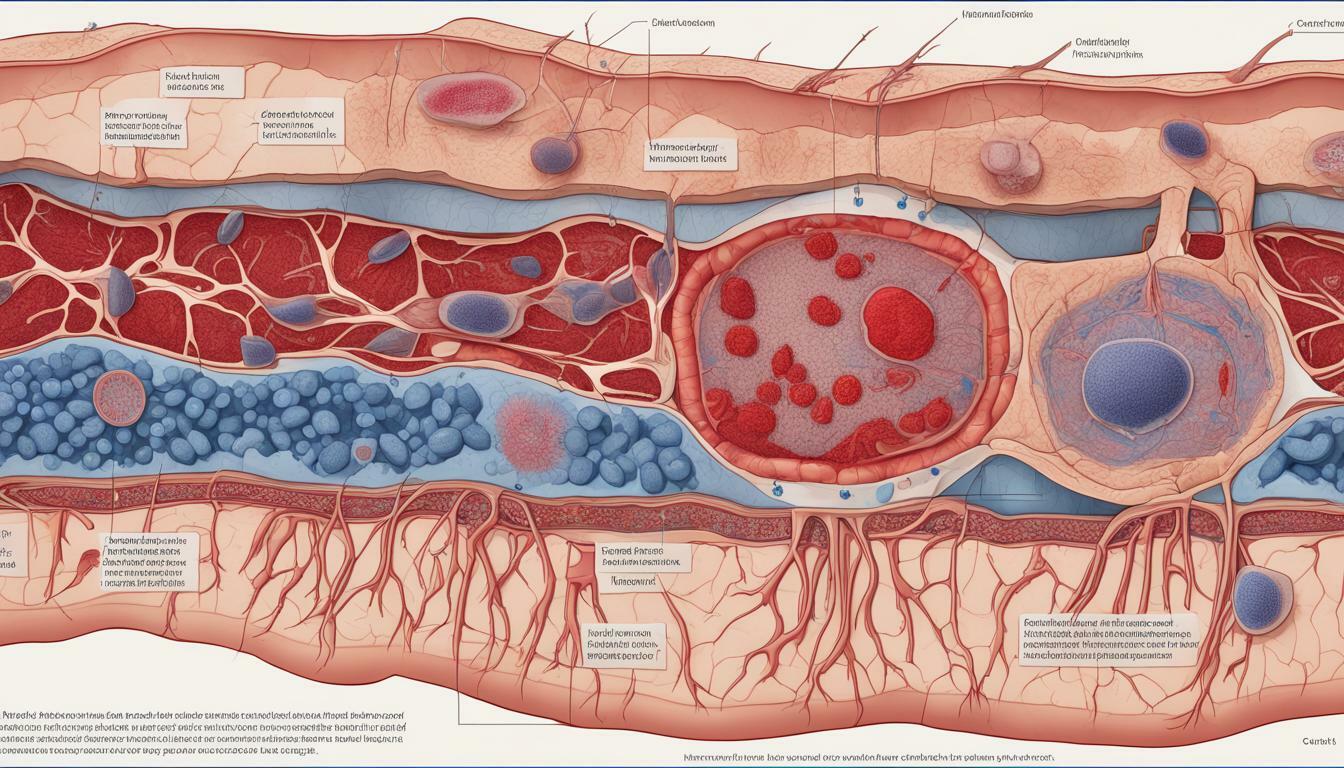
Key First Aid Kit Essentials for Wound Care
When it comes to wound care, having the right products in your first aid kit can mean the difference between efficient healing and prolonged discomfort. Here are some key essentials to include in your kit:
| Wound Care Products | Purpose |
|---|---|
| Antiseptic wipes | To clean and disinfect wounds |
| Gauze pads and rolls | To cover wounds and absorb blood |
| Medical tape | To secure dressings and bandages |
| Hydrogen peroxide | To clean and disinfect wounds, and remove debris |
| Sterile saline solution | To flush out dirt and debris from wounds |
| Antibiotic ointment | To prevent infection and promote healing |
| Tweezers | To remove debris |
| Scissors | To cut dressings and remove clothing to access wounds |
Make sure to also include any specific wound care products recommended by your doctor or healthcare provider. It’s important to regularly check your first aid kit and ensure all items are in good condition and not expired.

In addition to these wound care products, it’s important to have a well-stocked kit with other first aid essentials such as gloves, a thermometer, and pain relief medication. Having a comprehensive first aid kit will come in handy in a variety of situations and could even potentially be life-saving.
The Importance of Proper Wound Cleaning
Proper wound cleaning is crucial in preventing infection and promoting healing. Wounds should be cleaned as soon as possible after injury or as directed by medical professionals. Some wound care products, such as antiseptic solutions or saline solutions, can be used to clean wounds.
It is important to note that some wound care products may not be suitable for all wound types or individuals. Always consult a medical professional before using any new wound care product.
When cleaning a wound, it is important to follow proper wound treatment techniques. This includes washing your hands with soap and water before and after cleaning the wound, using clean and sterile materials, and gently wiping the wound in a circular motion from the inside out to remove debris and bacteria.
If the wound is heavily soiled, it may need to be irrigated with a large amount of wound care solution. In some cases, a medical professional may need to irrigate the wound using specialized equipment.
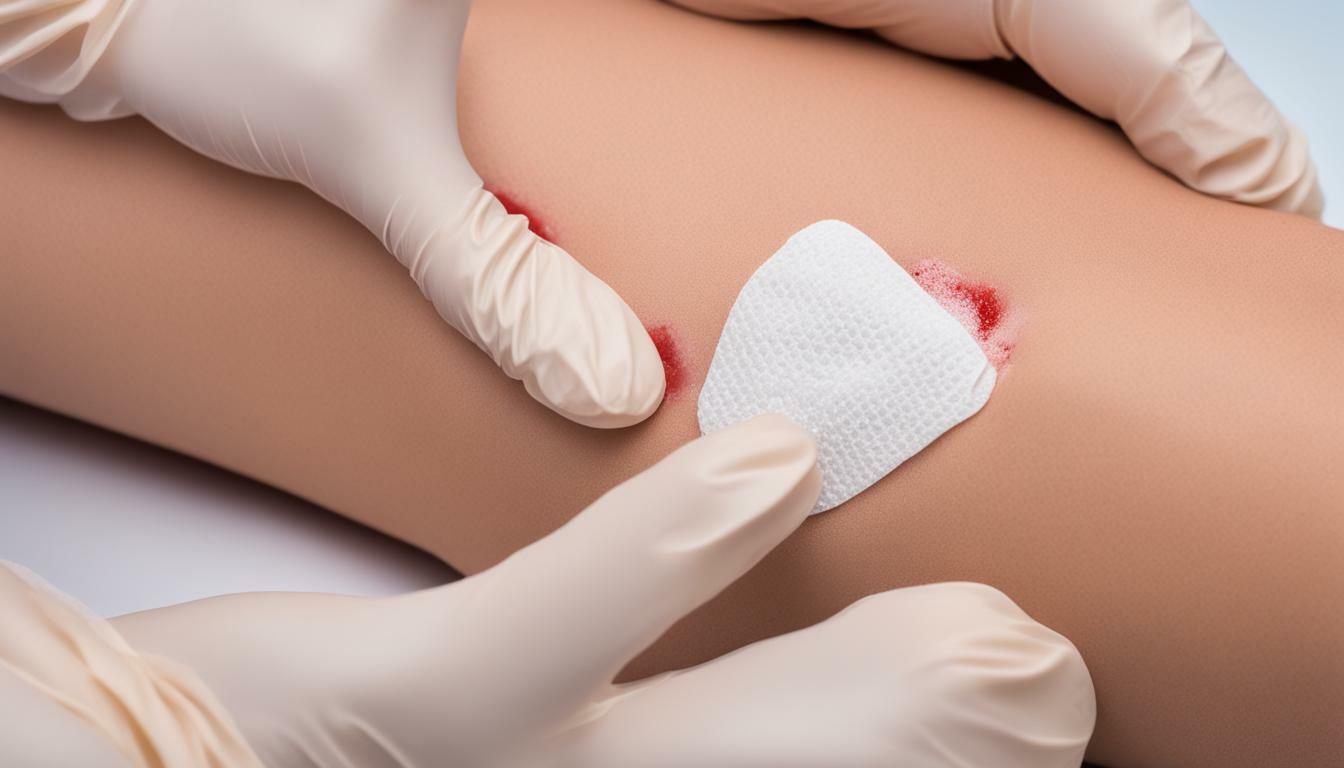
After cleaning the wound, it should be dried thoroughly and covered with a sterile dressing or bandage. This can help protect the wound from further injury and provide a barrier against bacteria and other contaminants.
Overall, proper wound cleaning is an essential part of wound care and should not be overlooked. By following the recommended techniques and using appropriate wound care products, individuals can help promote healing and prevent further complications.
Dressings and Bandages for Wound Healing
When it comes to wound care, choosing the right dressings and bandages is crucial for promoting healing and preventing infection. There are a variety of wound care products available, each with their own unique benefits and uses.
The first step in selecting the appropriate dressing is to determine the type of wound. For shallow wounds, such as minor cuts and scrapes, a simple adhesive bandage may suffice. However, for deeper wounds, a more advanced dressing may be necessary.
One popular type of dressing is the hydrocolloid dressing, which is suitable for moderate to heavily exuding wounds. It creates a moist environment that promotes healing and can stay in place for several days, reducing the need for frequent dressing changes.
Another option is the alginate dressing, which is made from seaweed and is highly absorbent. It is particularly effective for wounds with heavy drainage, such as pressure ulcers or surgical wounds.
In addition to choosing the proper dressing, it is important to properly secure it in place with a bandage. Elastic bandages are ideal for securing dressings on joints or areas that are prone to movement, while non-elastic bandages may be used for more stationary areas.
Overall, having a variety of dressings and bandages in your first aid kit is essential for proper wound care. Be sure to consult with a healthcare professional if you are unsure which products are best suited for your specific wound.
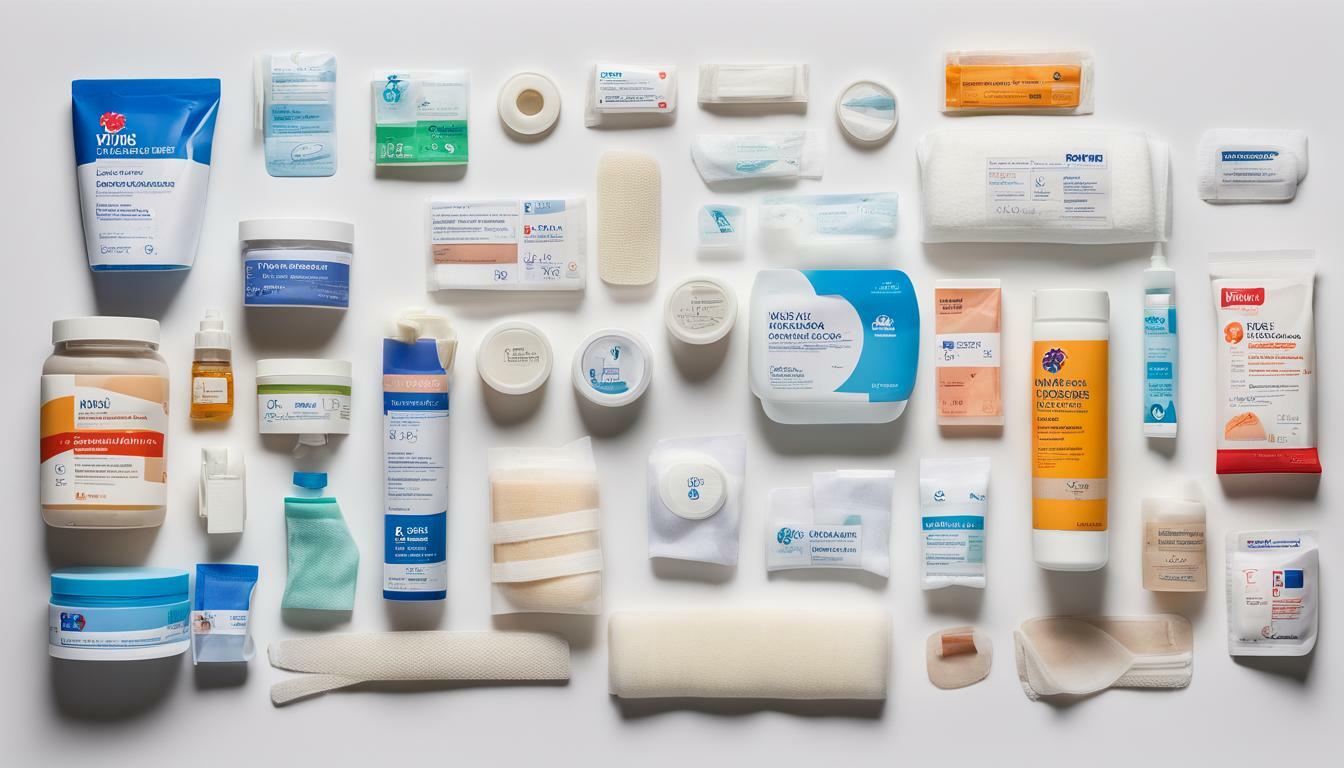
Promoting Healing with Topical Treatments
Topical treatments can significantly aid in the wound healing process and promote faster recovery. Wound care products such as ointments and creams are readily available in drugstores and can be included in your first aid kit.
Antibacterial ointments such as Neosporin and Polysporin can prevent infection and keep the wound clean. These ointments contain antibiotics that can kill or slow the growth of bacteria, ensuring that the wound heals properly. For minor wounds, apply a small amount of ointment and cover it with a sterile bandage.
Hydrogel dressings are another effective topical treatment. These dressings keep the wound moist and promote healing by providing a moist environment that encourages the growth of new skin cells. They are perfect for burns and can help soothe pain and reduce scarring.
| PROS | CONS |
|---|---|
| Keeps wound moist | Can be expensive |
| Encourages healing | May require frequent changing |
In addition to these, hydrocolloid dressings can also be used to promote healing. These dressings are made of a gel that helps absorb excess fluid and protects the wound from bacteria and other harmful substances. They are commonly used for pressure sores.
Herbal remedies such as aloe vera and tea tree oil have anti-inflammatory and antibacterial properties that can also aid in the wound healing process. Aloe vera can help soothe burns and accelerate healing, while tea tree oil can prevent infection and reduce inflammation.
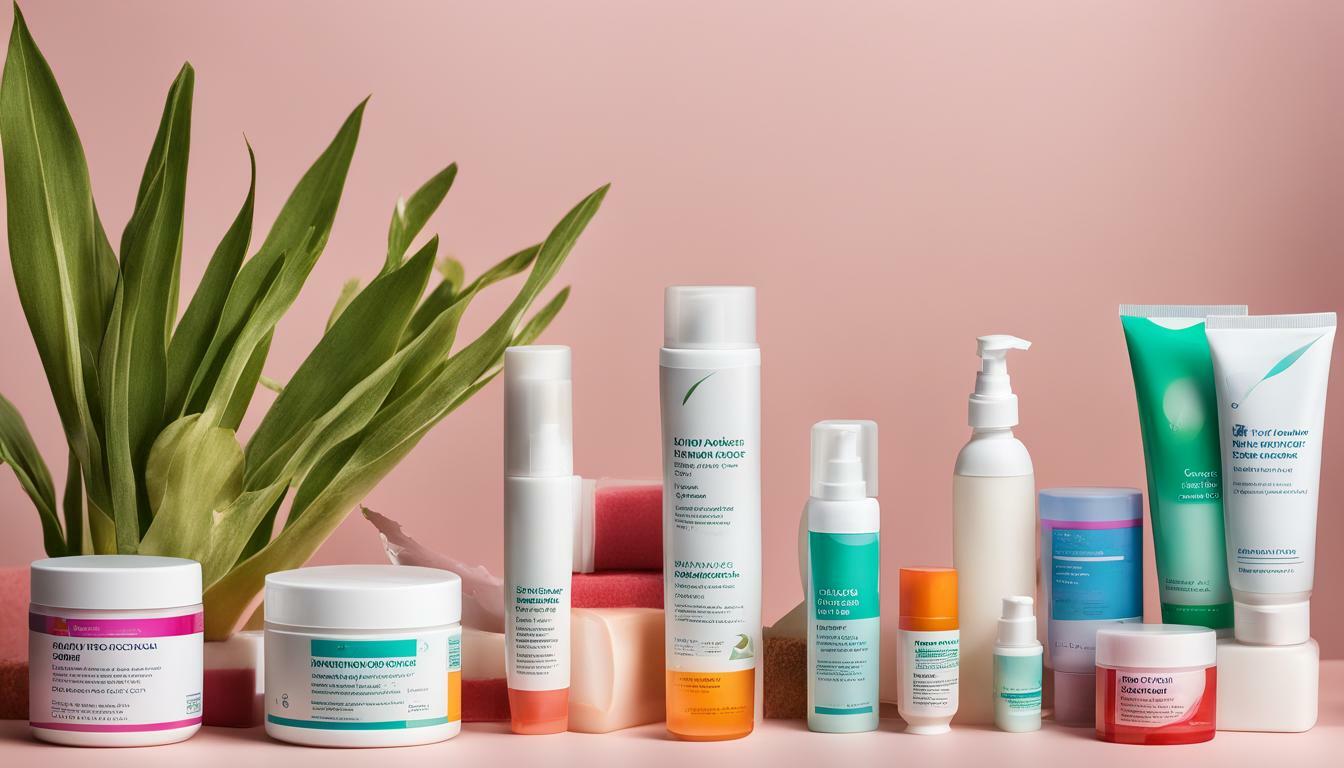
Certain topical treatments may not be suitable for all wounds, so it’s important to consult with a healthcare professional before using any new wound care products. With the right topical treatment, wound care products can speed up the healing process and prevent complications, resulting in a faster recovery and minimal scarring.
Managing Pain and Discomfort during Healing
It is common for wounds to cause pain and discomfort during the healing process. Fortunately, there are several methods available to manage this discomfort and promote a more comfortable healing experience.
Over-the-Counter Pain Relief
Over-the-counter pain relief medications such as acetaminophen and ibuprofen can provide effective relief for mild to moderate pain associated with wounds. It is important to follow the recommended dosage and instructions for use, as well as any warnings or precautions on the packaging.
Topical Treatments
Topical treatments such as creams, gels and sprays can provide localized pain relief and can also promote healing by keeping the wound moist and preventing it from drying out. Topical treatments containing ingredients such as lidocaine, benzocaine and pramoxine can also provide a numbing effect to the area around the wound, reducing discomfort.
Wound Dressings
Choosing the right wound dressing can also help manage pain and discomfort during healing. Dressings that are soft, cushioned and non-adhesive can help protect the wound from further injury, reduce friction and pressure, and alleviate pain.
Rest and Relaxation
Allowing the body to rest and relax can also aid in pain management during wound healing. This can include taking time off work or reducing physical activity, staying hydrated, getting enough sleep, and engaging in stress-reducing activities such as meditation or gentle yoga.
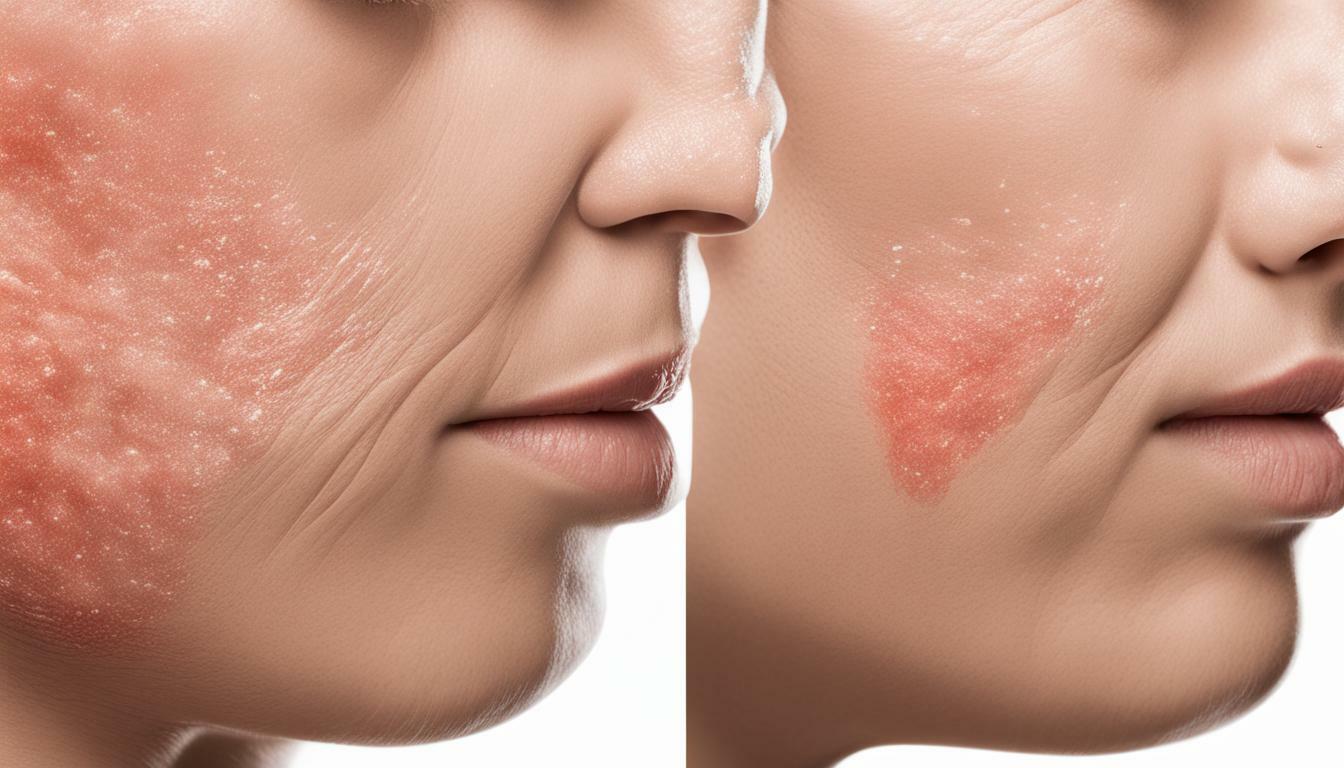
When to Seek Medical Attention
If pain and discomfort persist despite these measures, it is important to consult a healthcare professional for further evaluation and treatment. Additionally, if there are signs of infection such as redness, swelling, and discharge from the wound, seek medical attention immediately to prevent further complications.
The Importance of Proper Wound Cleaning
Cleaning a wound properly is a crucial step in wound management. It helps prevent infection and ensures faster healing. It’s important to clean the wound as soon as possible and to continue cleaning it regularly until it’s fully healed.
When cleaning a wound, use clean water or saline solution. Avoid using alcohol, hydrogen peroxide, or iodine, as these can damage healthy tissues and delay the healing process. Gently rinse the wound with the solution or water and pat it dry with a clean towel.
Remember: Always wash your hands before and after cleaning a wound to prevent the spread of infection.
For wounds that are deeper or have debris in them, seek professional help as they may require special treatment or even stitches. Wounds that are infected or show signs of infection should be seen by a healthcare provider to avoid further complications.
It’s also important to change the dressing regularly to prevent infection and help the wound heal faster. Avoid touching the wound and the dressing with bare hands to prevent the spread of bacteria and germs.
Overall, proper wound cleaning is a key part of wound treatment and management. By cleaning the wound properly and regularly, you can minimize the risk of infection and promote faster healing.
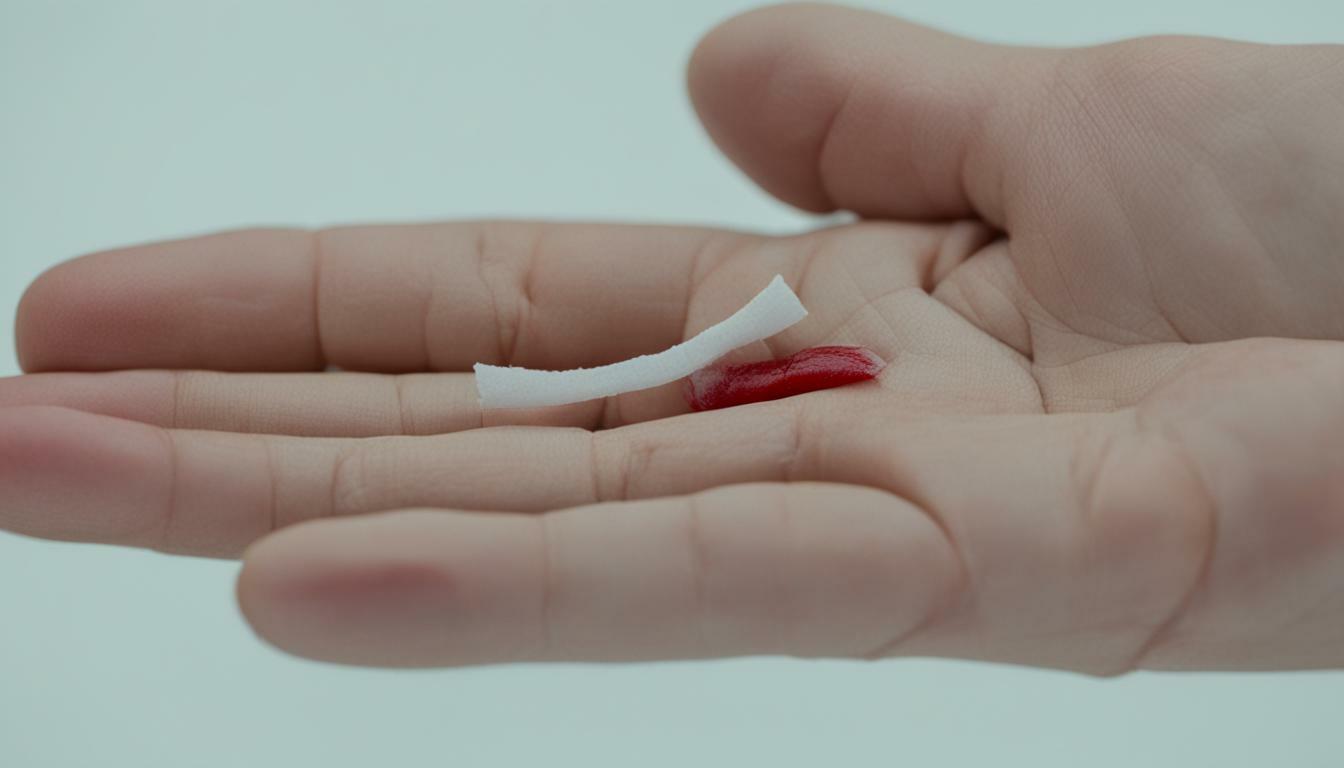
Promoting Healing with Topical Treatments
Topical treatments such as ointments and creams can aid in the wound healing process and promote faster recovery. These treatments work by providing a moist environment for the wound, which helps to prevent scabbing and promotes cell growth.
One popular topical treatment is hydrogel, which has been found to be effective in promoting faster wound healing. Hydrogel helps to keep the wound moist and can also help to reduce pain and discomfort during the healing process.
Another effective treatment is silver-based ointments, which have antibacterial properties and can help to prevent infection in the wound. These ointments have been found to be particularly effective for burns and can also help to reduce pain and inflammation.
It is important to choose the right topical treatment for the type of wound you have and the stage of the healing process. Your healthcare professional can advise you on the best treatment to use.
Remember to always wash your hands before applying any topical treatments to your wound to prevent the risk of infection.

Using Honey as a Topical Treatment
Another topical treatment that has gained popularity in recent years is honey. Honey has natural antibacterial and anti-inflammatory properties and has been found to be effective in promoting wound healing.
A study published in the Journal of Wound Care found that honey was effective in helping to heal wounds caused by surgery, burns, and ulcers. The study also found that honey was particularly effective in reducing inflammation and preventing infection in the wound.
When using honey as a topical treatment, it is important to use medical-grade honey, which is sterile and safe to use on wounds. You should also cover the wound with a dressing to prevent the honey from dripping off.
While honey can be an effective topical treatment for wounds, it is important to consult with your healthcare professional before using it to ensure it is appropriate for your specific wound type and stage of healing.
The Importance of Having the Right First Aid Kit Essentials for Efficient Wound Healing
In conclusion, efficient wound healing requires the right first aid kit essentials and proper wound care techniques. Knowing the different wound healing stages and wound healing techniques can help you select the appropriate first aid kit items to ensure proper wound management.
Don’t Skimp on Wound Care
Remember, proper wound care involves understanding the wound healing process and using the right products for each stage of healing. Investing in quality wound care products can prevent infection, reduce healing time, and promote optimal wound healing.
Stay Prepared for Any Situation
Whether you’re at home, work, or on-the-go, having a well-stocked first aid kit with wound care essentials is crucial. It’s important to regularly check your first aid kit and replace any expired or used items to ensure that you’re always prepared for any situation.
Consult a Medical Professional
If you have any concerns about wound healing or are unsure about which products to use, it’s always best to consult with a medical professional. They can provide guidance and recommend appropriate wound care techniques and products based on your specific situation.
By following these tips and investing in quality wound care products, you can ensure optimal healing and a speedy recovery for any type of wound.
